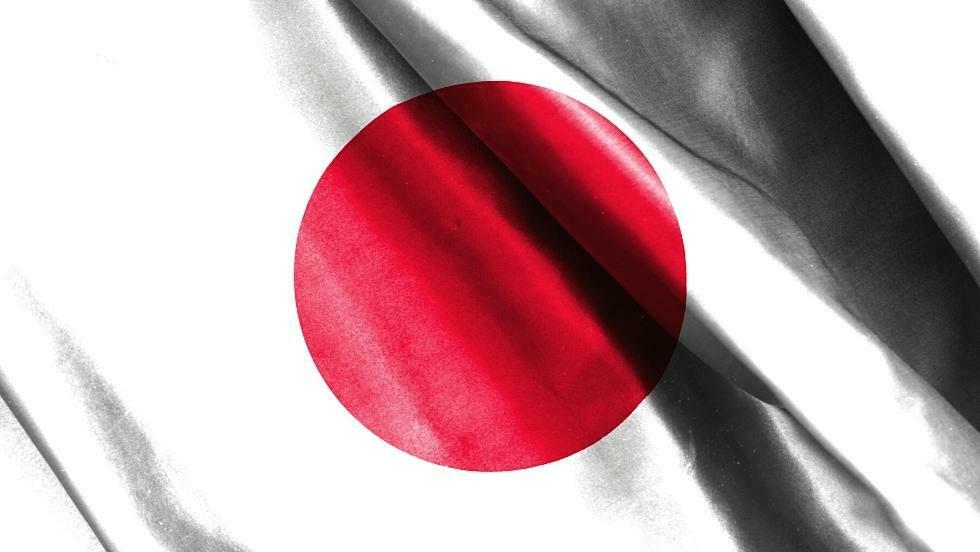As the global kaolin market is expected to reach $6.5 billion by 2027, it also directly impacts the regional markets. The growing trends and opportunities are found in the existing and emerging market segments. We will particularly look at the activities of kaolin in Japan, one of the most notable markets worldwide.
相关的: 你知道高岭土在全球市场的价值吗?
The Latest Kaolin Trends and Trade Activities in Japan

According to historical data, Japan recorded kaolin production of 10,000 metric tons by 2007. The papermaking industry in this country also has been one of the largest segments for kaolin consumption since 2001. The trends and activities are still ongoing amid the recent unfortunate Covid-19 pandemic.
A. Export
Japan exported $6.29 million in kaolin in 2020, making it the world’s 19th biggest kaolin exporter. The key kaolin export destinations are, among others, China, South Korea, Indonesia, Chinese Taipei, and Bangladesh.
相关的: 高岭土的出口过程及其价值
B. Import
Kaolin import by Japan was $149 million in 2020, crowning it as the world’s 1st biggest white clay importer. This country imported kaolin mainly from the United States, Hong Kong, China, the United Kingdom, and Vietnam.
相关的: 进口商须知:购买高岭土进口时应考虑的问题
C. Growth
Kaolin export activities by Japan increased 45.6%, from ¥53.2 million to ¥77.5 million (2021 – 2022). Some key export destinations are China, Indonesia, South Korea, Bangladesh, and Taiwan.
Meanwhile, Japan’s import activities sum up to ¥2.02 billion in 2022, an increase of 137% from ¥853 million. They imported kaolin mainly from the United States, 中国, Brazil, the United Kingdom, and South Korea.
The Kaolin Regions in Japan

Japan is known as one of the noteworthy countries for kaolin reserves, along with other prominent counterparts like the United States, China, the United Kingdom, 印度, Germany, and more.
Back in history, Izuyama in Arita of Saga prefecture was the first kaolin quarry site discovered for kaolin in Japan, being the raw material for porcelain clay making. Arita has a time-honored legacy for porcelain and ceramics of four-hundred-year-old that is still in operation to date.
Other regions where kaolin is commonly found in Japan are Tsushima Island which was originally silver mining that later turned into a kaolin quarry; Hyogo, known for its high purity kaolin for fiber optics application; Amakusa, Yonezawa of Yamagata (for paper clay); and Hakusan, Ishikawa.
Kaolin Market Opportunities and Insights in Japan

As mentioned above, the global kaolin market is projected to experience a CAGR growth of 4.4% to a revised amount of $6.5 million for the period 2020 – 2027. Following the United States and China, Japan’s kaolin market is forecasted to reach 4.1% of CAGR for the same period, along with other fellow countries like Canada and Germany.
Some driving factors or opportunities for the insights are more diverse kaolin end-user applications, favorable kaolin chemical and physical properties, and technological advancements.
A. Market Segment Analysis
Kaolin global market segmentation is mostly specified based on type, application, region or country, and manufacturers. Meanwhile, in the Asia-Pacific market, including Japan, the segmentation is commonly categorized by grade, process, and application.
The more likely prominent market segmentation for global growth are paper, ceramics, and paint and coatings. Still, we cannot set aside other emerging kaolin markets for more non-traditional applications, such as medicinal, 化妆品, and the like.
The analysis for the paper industry has forecasted a 5% CAGR ($2 billion) growth. A revised size of 4.3% CAGR has been the analysis growth for the ceramics segment. As for paint and coatings, the estimated growth is to reach 4% of CAGR.
B. End-Use Industry or Manufacturers
Kaolin trade activities in Japan, both exports and imports, are mostly in the form (by grade or type) of kaolin and other kaolinic clays, whether or not calcined. More emerging trends for kaolin by grade are hard kaolin, soft kaolin, and sandy kaolin.
Papermaking is more likely the largest industry in Japan with high consumption of kaolin, more particularly high-end coating clays and calcined clays with a potentially lightweight newsprint filler property.
Ceramics will be the next end-user industry for the kaolin market in Japan. We can trace it back to the long-standing history of porcelain clay making in Arita, not to mention other notable regions.
Other end-user applications or manufacturers that use kaolin as raw material are paint and coatings, 橡胶, 塑料, 耐火材料, cosmetics, medicinal or pharmaceuticals, and the like.
相关的: 发现高岭土在各种工业中的用途
We can expect that kaolin in Japan offers a somewhat bright future, especially for its import activities. The papermaking industry in this country has been one of the biggest kaolin end-users. For this purpose, getting supplies from regional resources might be more beneficial. PT. Yukami – one of the leading companies in Indonesia for high-grade kaolin products – might be one of the best partnership options.


最近的评论